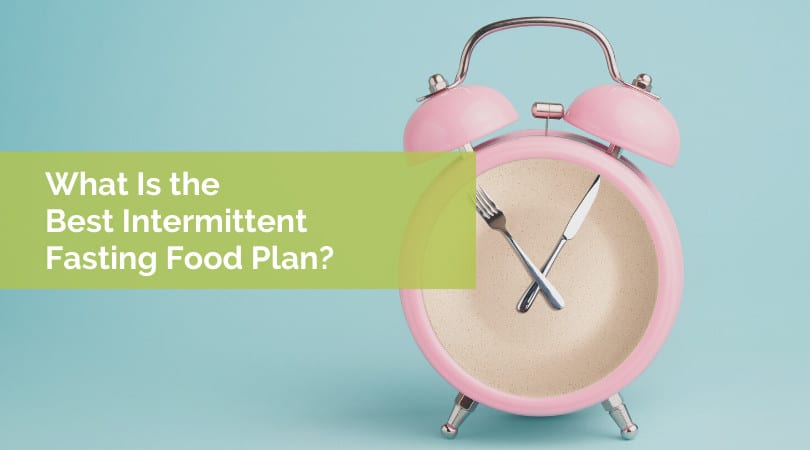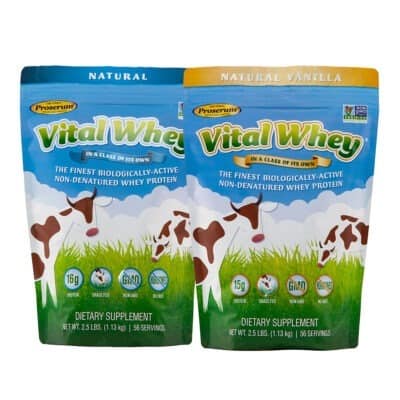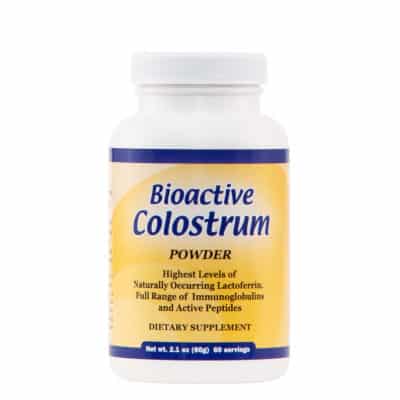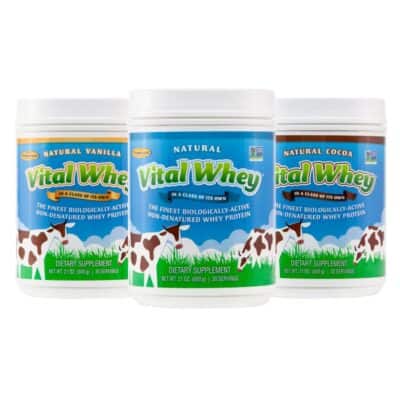
Intermittent fasting is one of the hottest diet trends that doesn’t involve changing what you eat. Instead it is about limiting when you eat with the goal of weight loss and improving overall health. But many people still want some guidance before getting started with intermittent fasting.
If you are going to try intermittent fasting, what is the best intermittent fasting food plan to follow, and what are the best intermittent fasting foods?
What Is Intermittent Fasting?
Intermittent fasting (IF), like many diet “trends,” is hardly new. Fasting has been used for centuries for religious and health purposes. Now it has become trendy again because it can help promote weight loss and has other health benefits.
IF involves a pattern of eating and refraining from eating. Depending on the type of fast you are following, you usually only drink water or other calorie-free beverages during the “fasting” period. You then eat normally during the feeding or “eating” window.
This method of time-restricted eating may lead to weight loss because it helps you effortlessly decrease the number of calories you’re eating. However, fasting has been shown to have other health benefits as well. It has been shown to reduce the risk of heart disease by lowering blood pressure and triglycerides. It may also improve insulin sensitivity, which could lower the risk of type 2 diabetes. It may also reduce inflammation and oxidative stress.
Fasting has so many potential health benefits because of a process called autophagy. Autophagy is the body’s way of cleaning out and recycling damaged cells. Fasting allows your body to “clean” itself since it is not focused on digestion or processing the food you have eaten. This may be the reason why IF has been linked with so many potential health benefits.
Is Intermittent Fasting Healthy for Diabetics?
As we mentioned above, intermittent fasting can help improve insulin sensitivity, which in turn might lower your risk of type 2 diabetes. But, what if you already have diabetes? What is the impact of intermittent fasting on blood sugar?
The main concern with IF for people with diabetes is that intermittent fasting can cause blood sugar to go too low. This is especially true for people using medications or insulin to control blood sugar levels. Skipping meals will change how much medication you will need and this needs to be considered before you get started with IF.
If you are concerned about intermittent fasting and low blood sugar, you may want to speak to your doctor about what plan is best for you. A healthcare provider may be able to recommend an ideal intermittent fasting plan for people with diabetes or suggest alternative methods to help you reach your goals.
But does intermittent fasting raise blood sugar? You may be surprised to know that it can. When the body does not have enough sugar or carbohydrates coming from food, it has a back up plan to get the carbs it needs. The muscles and liver hold on to stored carbs called glycogen.
When you don’t eat or are fasting, the liver and muscles start to push the stored carbs into your bloodstream, raising your blood sugar. This effect of skipping breakfast can be seen all day long, as your blood sugar may be higher after lunch and dinner as well.
The bottom line is if you want to try intermittent fasting and you have diabetes, it is best to speak to a doctor, registered dietitian, or Certified Diabetes Educator to see if IF is best for you.
What to Eat: Intermittent Fasting Meal Plans
If you are looking for a meal plan during intermittent fasting to follow, there really isn’t one, since IF is about when you eat, not what you eat.
But, there are several different methods of fasting that consider which differ slightly on when to restrict your feeding window. The method that you choose will depend on your lifestyle and goals. Here are a few of the most popular intermittent fasting food plans.
16:8 Fasting. This is the simplest way to fast and the most popular. It simply involves fasting for 16 hours and only eating within an eight-hour window. For most people, this means simply skipping breakfast. For example, you would finish dinner by 6pm then not eat again until 10am. Since most of your “fasted” hours happen overnight, this pattern makes it easier to go without eating.
5:2 Fasting. This intermittent fasting food plan involves eating normally five days per week and fasting two days per week. During the fasting days, you would generally consume 1-2 small meals totalling about 500 calories, as well as plenty of calorie-free beverages.
Alternate Day Fasting. This pattern involves fasting every other day and is a bit more of an advanced intermittent fasting food plan compared to the 5:2 or 16:8. On fasting days, you still consume about 500 calories, as well as plenty of fluids to stay hydrated.
The Warrior Diet. This is the most intense approach to fasting that involves only a four-hour eating window and fasting 20 hours a day. Most people following the Warrior diet eat one large meal at the end of the day.
Flexible Meal Skipping. This IF method isn’t really a specific intermittent fasting food plan, as it simply involves skipping meals from time to time when it is convenient for you.
The method you choose will depend on your goals and personal preferences. It is best to start slow and ease into fasting as your body gets used to it, rather than jumping into a more extreme protocol like the Warrior diet.
Best Intermittent Fasting Foods
While you are fasting, ideally you only want to consume calorie-free beverages. Therefore, there aren’t really any best intermittent fasting foods to add to your plan.
However, it is essential to stay hydrated while fasting. We tend to underestimate how much of our fluid needs are met by the food we eat. There are plenty of liquids to choose from to help keep you hydrated and healthy during the process. Here is what you would consume during your fasting period:
- Water- plain, sparkling
- Black coffee
- Tea (herbal or black)
- Bone broth
- “Diet” or sugar-free drinks (optional)
The important thing during fasting periods is to make sure you are drinking plenty of fluids. Fluids are really the only intermittent fasting foods you need.
Foods to Eat During the “Feeding” Window
Since you are not eating quite as much, you will need to make up some of the nutrients missed during the meals you skipped. There are a few intermittent fasting foods you may want to consider during your feeding window.
Protein is an essential nutrient for maintaining muscle mass and a healthy body weight. Therefore it may be a good idea to break your fast with a protein shake. A shake can be easy to digest and is less likely to cause stomach upset if you haven’t eaten for awhile. For example, a protein shake using natural protein powder will help you meet your protein needs.
Just like when you are not fasting, fruits and vegetables should still make up the bulk of your diet. They should be included in all of your meals when you are not fasting to ensure you are getting the nutrients you need to stay healthy.
Also, since your eating window is limited, you should avoid low-nutrient foods. If you are binging on junk food during your “feeding” windows or not eating a balanced diet, you will not see the positive benefits of IF. It may also make it harder to stick with IF, as eating only junk food can backfire and make you incredibly hungry as your body yearns for nutrients.
More long-term research is needed to understand the potential health benefits or risks of fasting, but in the short term, it seems to be beneficial for weight loss and health. Overall, for most healthy people, IF is a simple way to lose weight and be healthier without counting calories or avoiding foods you like to eat.
References
- Anton SD, Moehl K, Donahoo WT, et al. Flipping the Metabolic Switch: Understanding and Applying the Health Benefits of Fasting. Obesity . 2018;26(2):254-268.
- Johnson JB, Summer W, Cutler RG, et al. Alternate day calorie restriction improves clinical findings and reduces markers of oxidative stress and inflammation in overweight adults with moderate asthma. Free Radic Biol Med. 2007;42(5):665-674.
- Trussardi Fayh AP, Lopes AL, Fernandes PR, Reischak-Oliveira A, Friedman R. Impact of weight loss with or without exercise on abdominal fat and insulin resistance in obese individuals: a randomised clinical trial. Br J Nutr. 2013;110(3):486-492.
- https://www.cdc.gov/diabetes/library/spotlights/blood-sugar.html
- Varady KA, Bhutani S, Church EC, Klempel MC. Short-term modified alternate-day fasting: a novel dietary strategy for weight loss and cardioprotection in obese adults. Am J Clin Nutr. 2009;90(5):1138-1143.
- Persistent Tiredness and Chronic Fatigue: Causes and Symptoms - February 27, 2024
- Can A Protein Shake Replace A Breakfast Meal? - March 2, 2023
- Glutamine After Surgery: Does It Help With Recovery? - February 17, 2023





